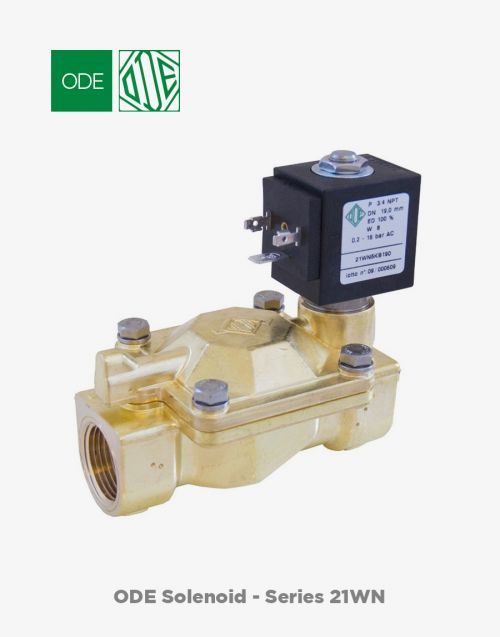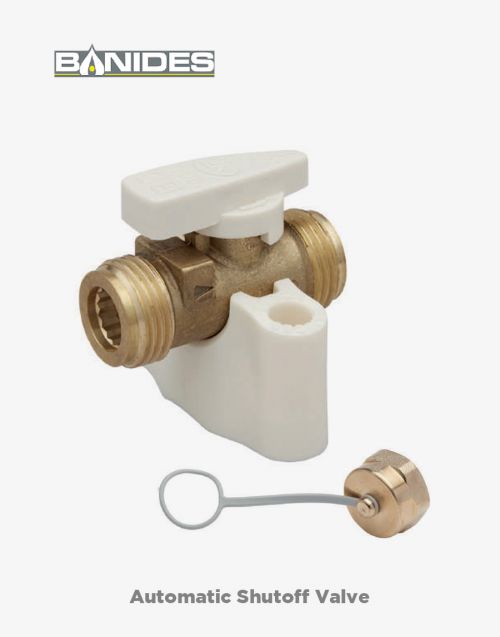Gas Control Valve And Its Benefits
Control valves are valves which allow for control of the process of flow rates, pressures, and temperatures in oil and gas. Pressure regulators and pressure relief valves, or relief valves, are essential tools used for the same purpose automated fluid control in oil and gas. Regardless of the construction, control valves are designed to regulate fluid flow or pressure, typically responding to signals generated from a flow gauge or a temperature probe.
Gas Pressure Regulator Valve controls fluid flow by opening or closing a valve according to electrical signals generated from process variables A Gas Control Valve controls a fluids flow by stopping and starting, adjusting quantity, controlling direction, regulating pressure, or relieving pressure.

Ball valves and swing-check valves are perfect for controlling liquid or gas flow in your systemf. Gas ball valves are quick to close and open, providing impressive control over high-pressure flows. During normal operations, large volumes of gas are required, typically leading to the use of a large-capacity ball valve for control.
Hydraulically operated valves also need high-pressure supplies, along with hoses to carry back hydraulic fluid. The only things required for pneumatically-actuated (pneumatically controlled) valves are compressed air supplies, making them the most widely used type because of their simplicity, while other valves, like electrically operated valves, need extra switching gear and wiring. The actuator is the main source of power used to move and position flow-control elements inside a valve body.
In the majority of common valve applications for processes and pipeline systems, the valves described above can serve multiple functions, such as starting or stopping flow of materials, regulating system flow and pressure, throttling flow, controlling flow direction, and relieving overpressures so that systems are operating at safe levels. They may be used for controlling flow rates, isolating and protecting equipment, and for driving and steering crude oil refining processes.
A pilot-operated regulator is usually installed in parallel with a control valve to allow for highly precise low-flow, pressure-controlled operation. This type of valve can be located directly ahead of the regulator, and is designed to stay open until significant changes in pressure are detected. When an actuator fully opens a gate valve, it leaves no obstruction in the passageway, which allows easy movement of even slurry liquids such as crude oil.
For more:


No comments yet